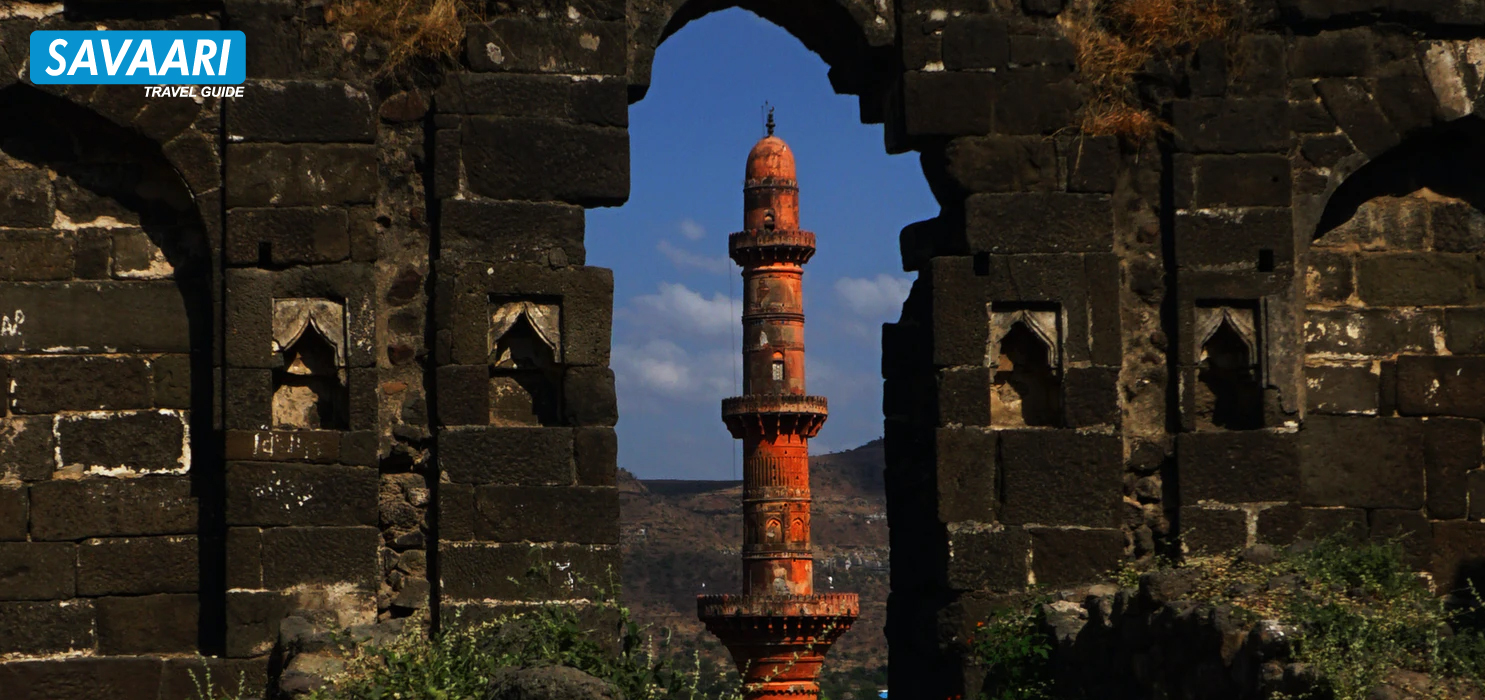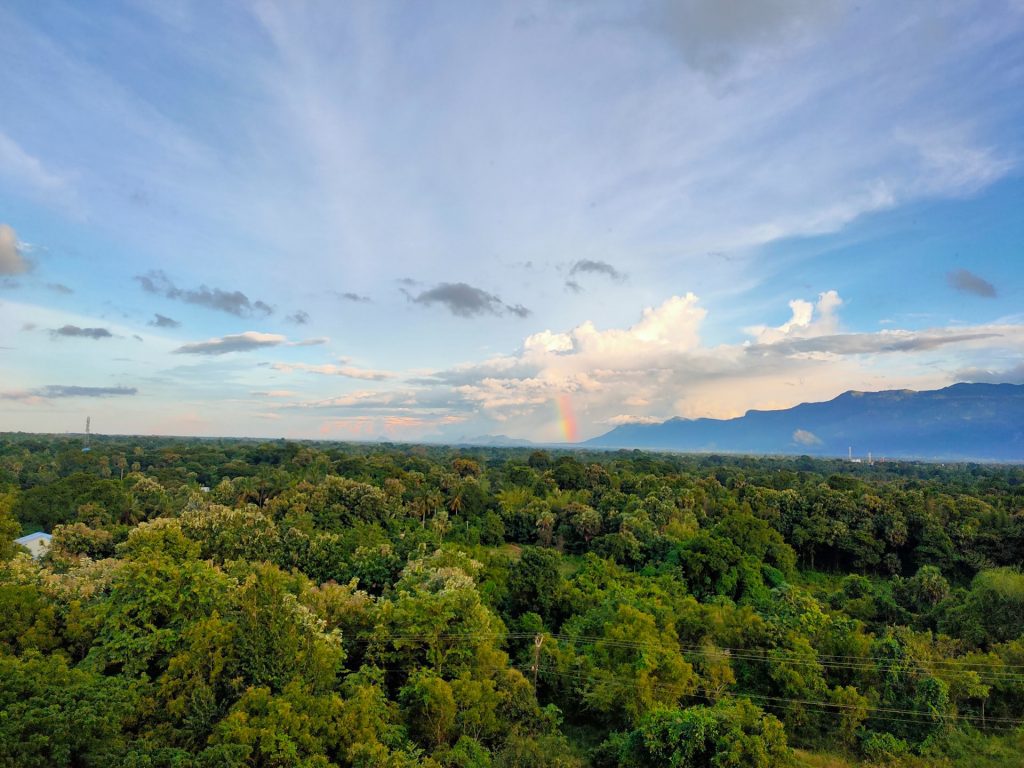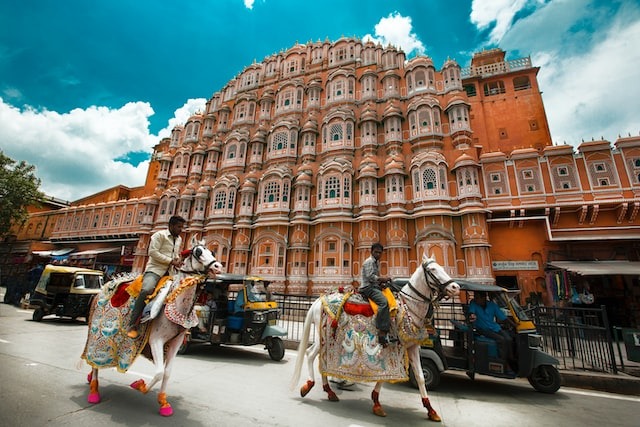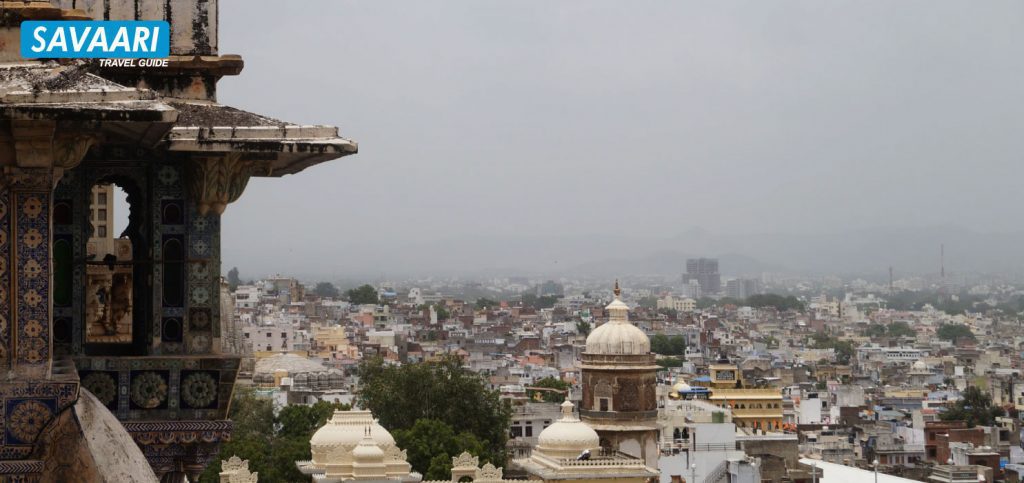Aurangabad is called the ‘Tourism Capital of Maharashtra’ and the fifth largest city in the state. It is home to the legendary Ajanta and Ellora Caves, both of which have been designated as UNESCO World Heritage Sites. The city is also known as the ‘City of Gates’ with 52 gateways built during the Mughal era. The city is a popular tourism hub. It is this tapestry of old cultures and new communities, history, art, culture, and nature that attracts tourists.

Table of Contents
- Things to do in Aurangabad
- More About Aurangabad
- How to Plan a trip to Aurangabad
- Places to stay in Aurangabad
- Roadtrips from Aurangabad
Things to do in Aurangabad

- Take a trip to the ancient and iconic Ajanta & Ellora Caves. The distance from Aurangabad to Ajanta caves is 107 km and to Ellora is 29 km. The complex caves systems with 64 caves, have rock carvings of mythological deities. The Kailash Temple is an important part of the Ajanta Cave.
- Take a tour of the Aurangabad caves. Nestled in the Silyachak range at 700 feet above the ground, these caves are a cluster of 2000-year-old geological artifacts housing 12 rock-cut Buddhist shrines.
- Visit the iconic Daulatabad Fort. The historical fort sits in Deogiri/Devgiri and features massive turrets, an imposing gate, and other relics from the Delhi Sultanate.
- Tour the magnificent Pitalkhora Caves. The 3rd-century caves are the finest examples of classic Indian rock-cut architecture with 14 ancient Buddhist shrines. There’s a gushing waterfall adjacent to the caves, which is great for treks.
- Spend a day at the Jayakwadi Bird Sanctuary. A natural reserve of 30 river islands, with tropical trees, and exotic, migratory birds, this is a rich biodiversity zone and great for bird-watching in winter.
- Shop at the Gul Mandi Market. The bustling bazaar is known for traditional, vintage items, collectibles, clothing, and local souvenir and handcrafted fares.
Hire a car rental in Aurangabad to travel around the place with ease and experience all these interesting adventures.
Places to visit in Aurangabad
With ancient monuments, museums, temples, and mosques, as well as natural wonders, Aurangabad sightseeing is as exciting as it can get. Some of the best places to see are –
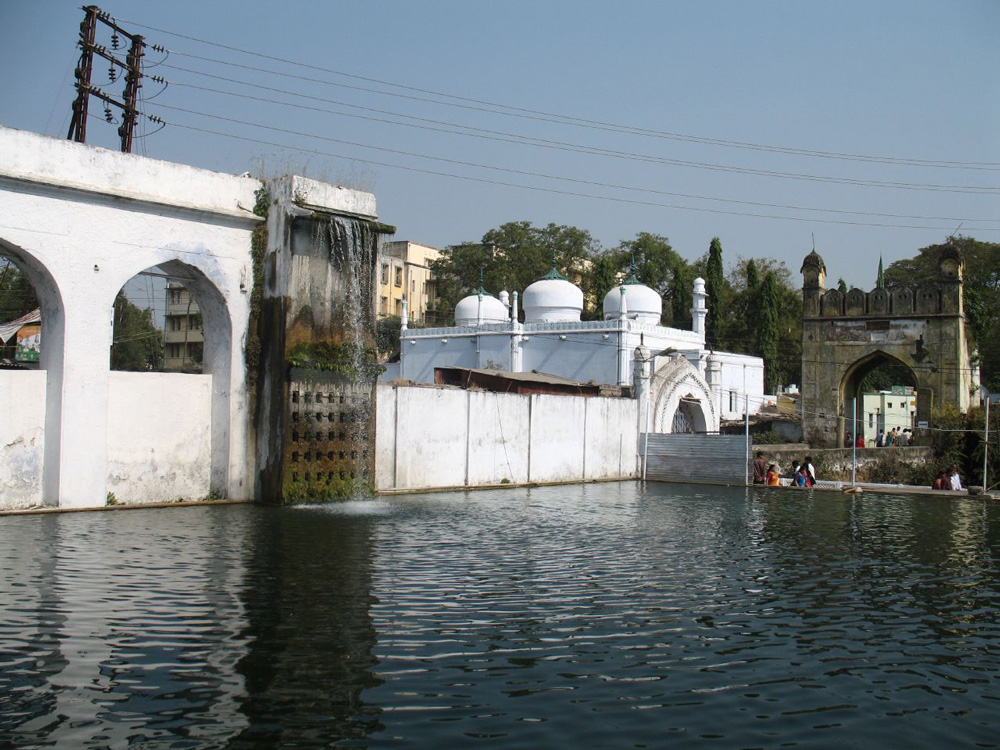
- Bibi Ka Maqbara – a marble mausoleum built by Aurangzeb; it is like a mini–Taj Mahal in Aurangabad. It is also called the Taj of the Deccan and is a prominent monument with minarets, intricate stone carvings and ornate arches.
- Panchakki – a 17th-century water mill. Spanning 8 km, this underground water channel is fed by the nearby mountains during the rain and culminates into an artificial waterfall.
- Kachhner Jain Temple – a 250-year-old temple, dedicated to Parsvanath, and a sacred site for Jains. It is one of the top places to visit for architecture fans.
- Chhatrapati Shivaji Museum – a conservatory dedicated to Shivaji. The museum documents and preserves the Maratha ruler’s life and contribution, along with artifacts, historical evidence, etc.
- Salim Ali Lake – the greenest patch of Aurangabad. The natural waterbody is fringed with lush green vegetation and is a nature lover’s delight. The lake is great for day tours and picnics.
- Siddharth Gardens – an oasis in the middle of the city. A lush green enclave with landscaped gardens, fountains, and fish pond, the sprawling area is a great place to unwind after a long day or spend a day picnicking. There’s also a mini zoo with a play park, a tiny aquarium for kids. You can also catch the water fountain show.
Book a cab in Aurangabad to visit these major tourist places and enjoy a great trip with your family and friends.
Popular places to visit nearby
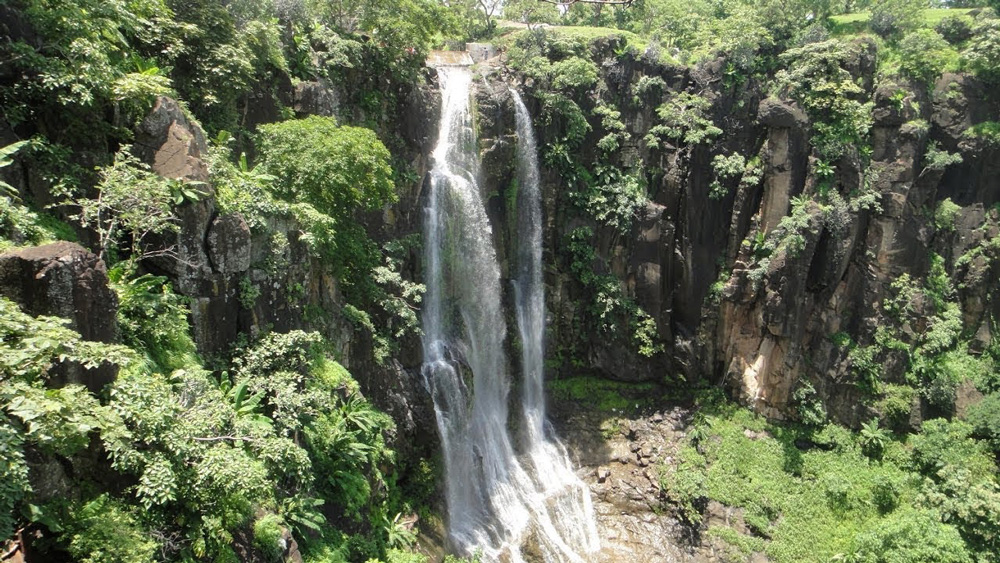
To make your vacation complete, here are a few places to visit near Aurangabad –
Grishneshwar Temple, 30 km – It houses one of the 12 Jyotirlingas of Shiva and is an important pilgrimage center. This Shiv temple is also one of the most famous temples. The temple’s architecture is also worth witnessing.
Gautala Autramghat Wildlife Sanctuary, 69 km – A popular wildlife sanctuary near Aurangabad. The natural reserve houses many endangered species like the Indian panther, barking deer, wild dog, wild cats, chital deer, peacocks etc. The best time to visit this sanctuary is between August to February, for spotting wild animals and birds. There’s also the Antur Fort inside the forest, which is a protected monument and houses a temple.
Ahmednagar, 115 km – A city older than Aurangabad, Ahmednagar is also a relic of the Delhi Sultanate. It is famous for its historical sites like Chand Bibi Palace, Ahmednagar Fort, Bagh Rauza, Aurangzeb’s Tomb, etc. You can also book a cab from Aurangabad to Ahmednagar.
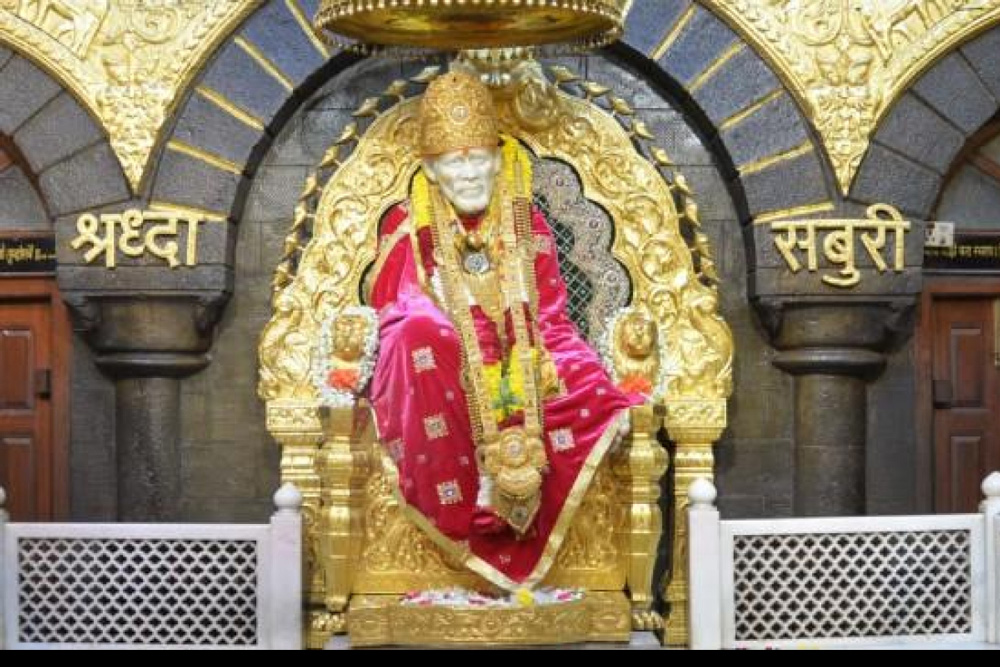
Shirdi, 122 km – The most sacred and popular pilgrimage site in Maharashtra, Shirdi is one of the must-see places nearby. Besides its religious significance, the town has a lot of stories of India’s political and social history.
[Also Read: Things to do in Shirdi – Explore the Temple Town]
Places to eat in Aurangabad
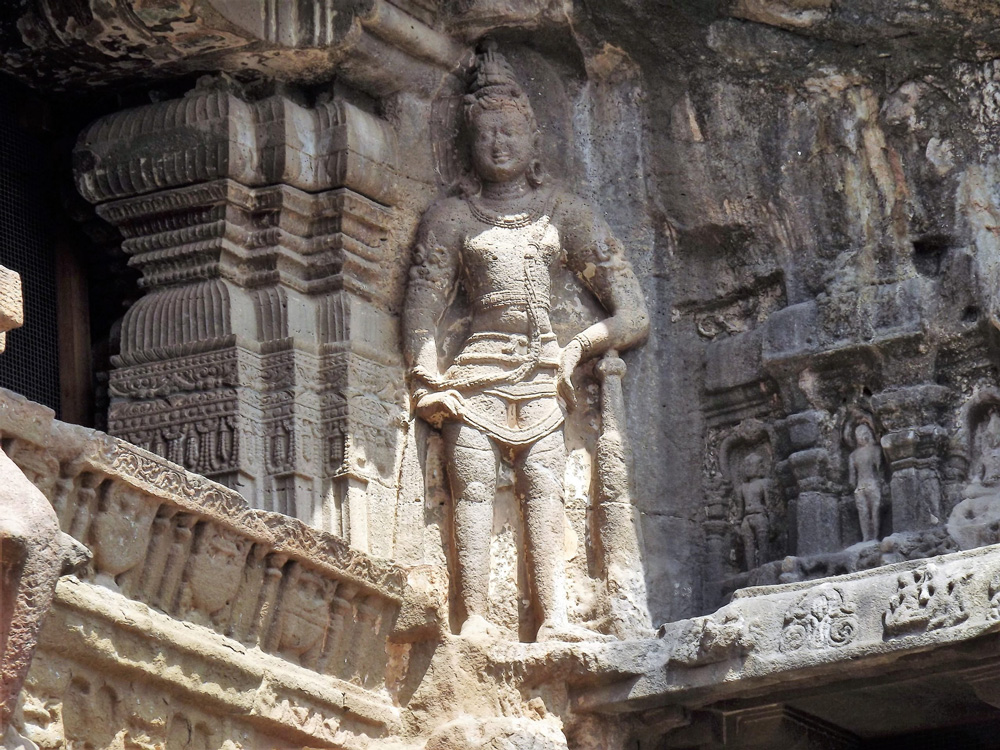
The cuisine of Aurangabad is heavily influenced by its history of the Sultanate, the Mughals, and the Nizams. From conventional delicacies to modern flavors, the city has everything to please your tastebuds. These are some of the best places to eat–
- Bhoj Thali Restaurant, Central Bus Stand Road Pushpa Nagari, Samarth Nagar
- Green Leaf, Town Centre, N 1, Cidco, beside Inox Tapadiya
- Madhuban, WelcomHotel
- Yalla Yalla, New Usmanpura Road
- Swad Restaurant, Kanchan Chambers, Doctor Bhapkar Marg, Kranti Chowk, New Usmanpura
More about Aurangabad
Geography
Aurangabad is the administrative headquarters of the district and is the largest city in the Marathwada region. Located on hilly terrain in the Deccan Traps, it is the fourth-most populous urban area in Maharashtra with a population of 1,175,116. The city is known as a major production center of cotton textiles and artistic silk fabrics.
History
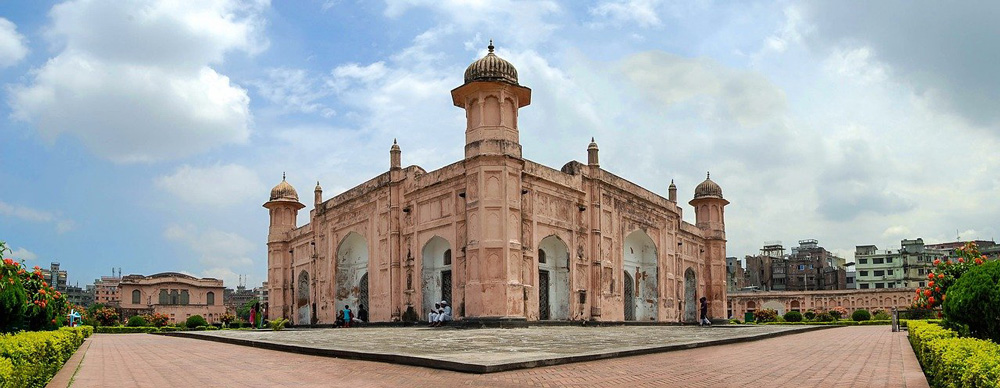
Here’s a little background about Aurangabad. Originally named Khadki, this town was founded and established by Malik Amber in 1610. After Malik Ambar died, it then got conquered by the Mughals. It was then, when Aurangzeb was the Viceroy of the Deccan, that the city was renamed to Aurangabad. During the Maratha-Mughal war, the Marathas ruled the city for eight years before it was taken over by the Nizam of Hyderabad as a protectorate of the British East India Company.
How to plan a trip to Aurangabad
How to Reach Aurangabad in Maharashtra
Being centrally located in the state, it is well-connected to other towns and cities of Maharashtra. There are many travel options available.
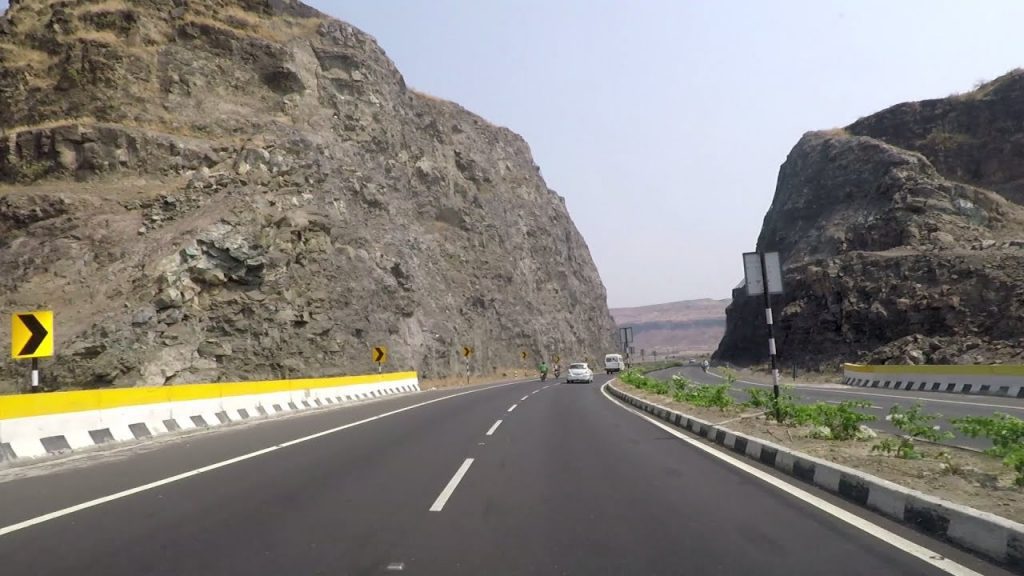
By Train
The city is served by South-Central Railways of the Indian Railways. The town’s own station, Aurangabad Railway Station is a major junction for trains from Mumbai, Ahmedabad, Hyderabad, Pune, Nagpur, Shirdi, Bhopal, Bangalore, etc. There are many express trains from Mumbai and in regular frequency.
By Road
By bus – Aurangabad is well-connected to Nagpur, Mumbai, Pune, Satara, Shirdi and other major places. There are state-run buses from Mumbai on a regular basis. There are also a host of private buses of different fares, that ply between these cities.
By car – You can also avail a car rental service at reasonable rates to drive from anywhere in Maharashtra to reach Aurangabad. NH 211 and NH 160 connect to most cities and road conditions are good, making driving to Aurangabad is a great option, and letting you enjoy the countryside of Maharashtra.
You can reach Aurangabad from the following cities with ease:
- Cab from Nagpur to Aurangabad: 476-500 km (depending on the route)
- Cab from Mumbai to Aurangabad: 347-367 km (depending on the route)
- Cab from Pune to Aurangabad: 235-278 km (depending on the
route) - Cab from Shirdi to Aurangabad: 108-121 km (depending on the
route)
By Flight
Aurangabad is served by Chhatrapati Sambaji Maharaj Airport, located about 5.5 km east of the city centre, and 11 km from Aurangabad Railway Station, along the Aurangabad-Nagpur State Highway. There are several daily flights from major cities of Maharashtra, and all metros and major cities across India. You can book an Aurangabad airport taxi for a comfortable ride to your hotel in the city.
How to reach Aurangabad from Pune
Aurangabad is well connected to Pune by road, rail, and air.
By Train
There are daily and weekly trains from Pune. The most popular train is Nanded Express which reaches Aurangabad station directly.
By Road
From Pune, it is roughly 240 to 270 km, depending on the route. You can take state-run or private buses to reach the city center. But the better road travel option is to book a cab and drive from Pune to Aurangabad.
By Flight
There are no direct flights from Pune. All flights between these two cities are connecting, with layovers of one to four hours.
Best time to visit Aurangabad
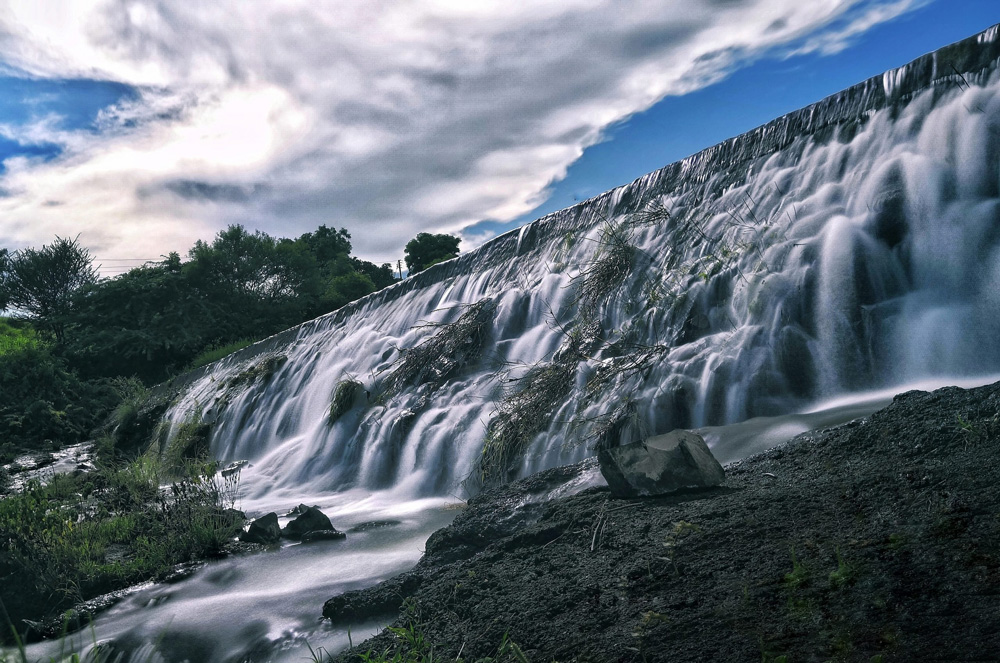
The city sits on a plateau region and experiences the region’s typically dry and arid weather. The summers are hot and dry with extreme temperatures. Winters, however, are cool and chilly, with occasional cold waves. The rainy season, from June to September sees heavy rainfall with a slight dip in temperatures. So, depending on your travel goals, you can choose to visit either in winter or after the monsoon and before summer. The most comfortable time to visit is from October to February.
Hotels & Resorts in Aurangabad
To make your vacation comfortable and memorable, here are some of the best places to stay–
- Vivanta
- Lemon Tree Hotel
- The Meadows Resort & Spa
- Hotel JP International
- Ambassador Ajanta Hotel
- WelcomHotel
Download our Savaari car rental app for a smooth and pleasant journey. Bookmark and share this travel guide if you found the information useful.
Roadtrip from Aurangabad
| Route Name | Distance | Time |
| Aurangabad to Mhaismal Hill Station | 40.7 km | 1 hour 18 mins |
| Aurangabad to Mumbai | 327 km | 6 hours |
| Aurangabad to Pune | 238.7 km | 5 hours 30 mins |
| Aurangabad to Nashik | 182 km | 3 hours |
| Aurangabad to Ellora | 31.7 km | 55 mins |
To explore places like these, we have curated a list of places to visit near Mumbai.
Useful links
- Administration vows to host travel convention; Ellora festival on grand level
- UNESCO heritage site Ellora caves to become 1st in India to have hydraulic lift
Last Updated on February 2, 2024 by
